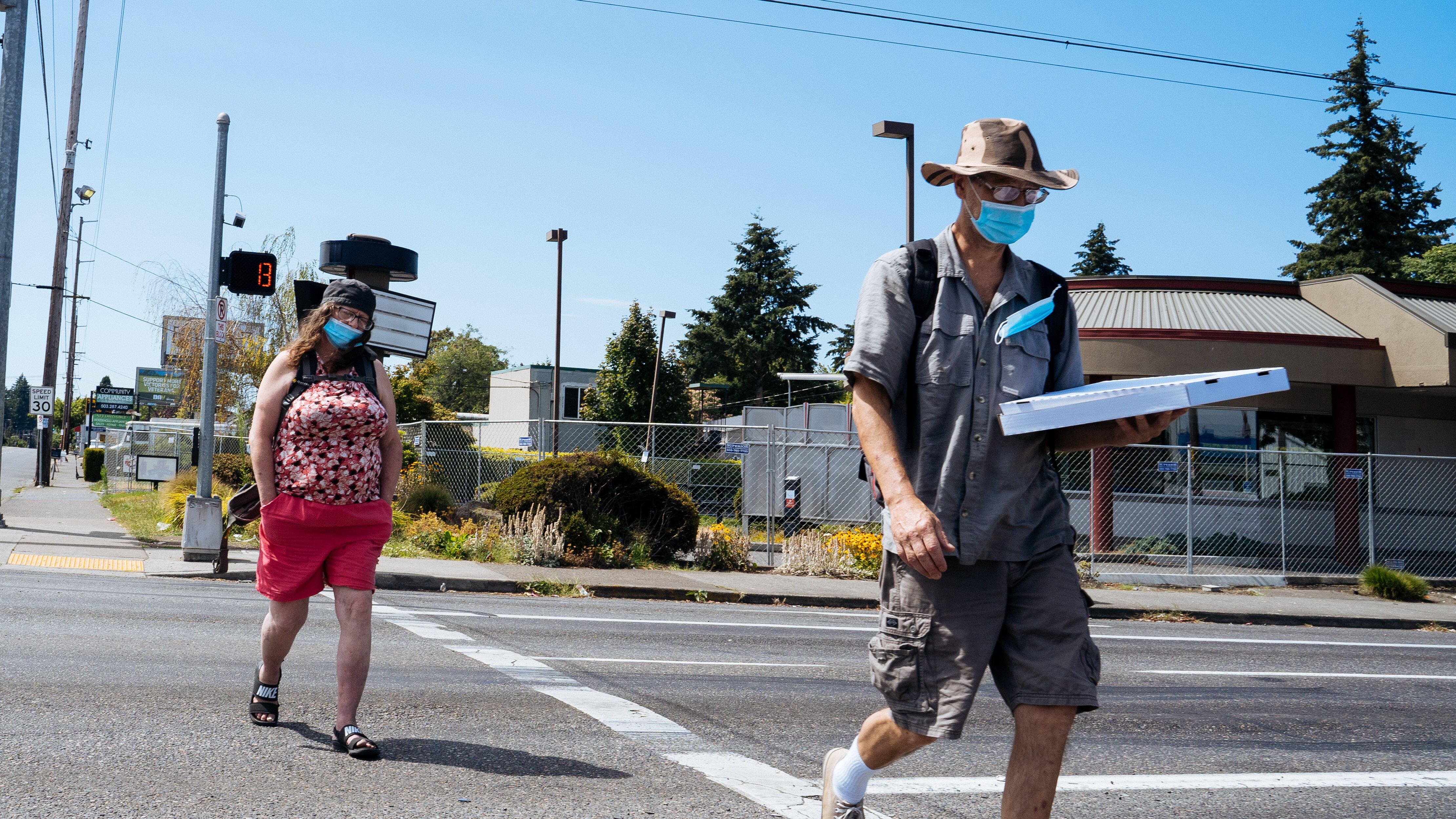Why do so many intersections in Southeast and Northeast Portland make you push a button to get a green signal to cross the street? Why doesn’t the signal turn green automatically, and drivers can determine if there’s a pedestrian in the crosswalk or not? —Cross About Crosswalks
Count your blessings, Cross—at least the buttons at those intersections do something. In Manhattan, 90% of the crosswalk buttons have no effect at all—a fact that only fuels the urban legend that all crosswalk buttons are placebos from The Man, distracting us from our plight so we won’t rise up and beat our crossing-guard overlords to death with their little flags.
I can assure you, however (now that The Man’s check has cleared), that nothing could be further from the truth. It is true that at intersections where there’s nonstop foot traffic (think Times Square) there’s basically always someone waiting to cross, so it’s not unreasonable to disconnect the button and just run every light change as though it had already been pressed. Everywhere else, however, the system really does know when you press the button.
What it does with that information, however, can range from “immediately stopping traffic solely for your benefit” to “nothing,” depending on the type of intersection and time of day.
The simplest case is an intersection that has no traffic lights at all until a pedestrian comes along. Here, the intuitive thing actually happens: You push the button, motorists get a red light, and you get a walk signal you wouldn’t otherwise have gotten.
At intersections that have full-time traffic lights, things become more complicated. At busy times, the lights may run through exactly the same routine, with the same timing, button or no—the only difference is that when the button is pressed, you’ll hear the electronic voice that says, “The walk sign is on.”
However, when there’s heavy traffic in one direction, the light facing the other way may only be green for a few seconds—long enough for one or two cars to clear the intersection, but not long enough for a pedestrian (assumed by law to be a 102-year-old lady using a walker) to cross safely. Using the button in this situation may not let you cross any sooner, but it does give you more time to cross without getting killed. Enough time to take on a crossing guard? Your call.
Questions? Send them to dr.know@wweek.com.

